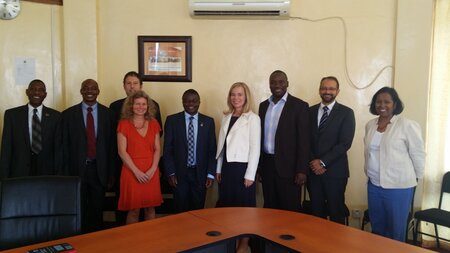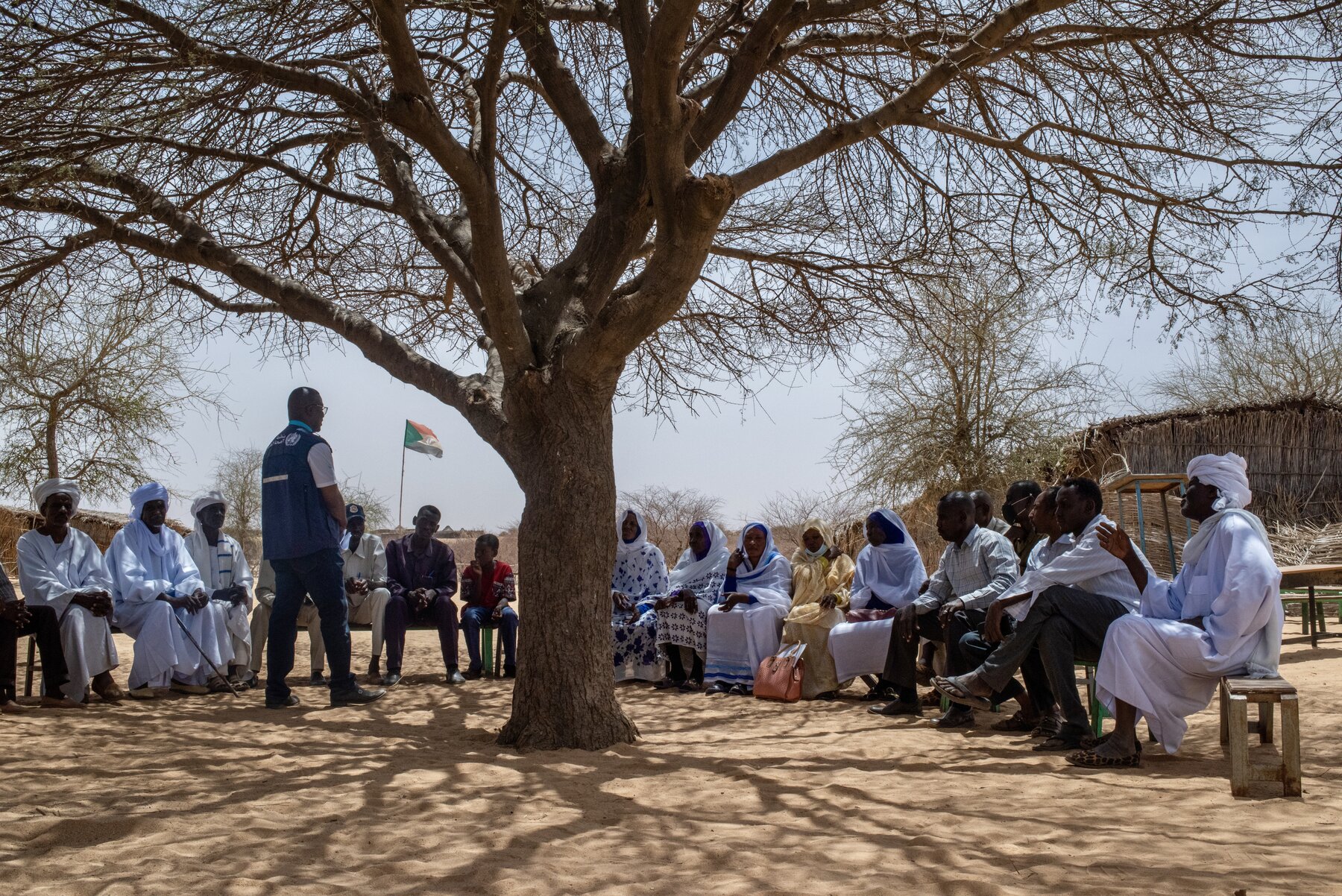Malawi’s selection of health indictors: “More can actually mean less”
10 August 2016

Tracking the performance of a health system relies on observing what are known as “health indicators” that collectively capture how well the system is functioning. These broadly fall under four categories: 1) Health status (mortality and fertility rates); 2) Risk factors (nutrition, pollution levels, obesity rates); 3) Service coverage (immunization coverage, disease care) and 4) Health systems (quality of care, access to care, health workforce, health financing).
Malawi's process of selecting indicators to be included in the monitoring and evaluation (M&E) framework of the country's second health sector strategic plan (HSSP II) began in late 2014, starting with a list of 195. The Ministry of Health’s department of planning and policy development, in collaboration with all MoH departments and relevant global health partners, has since been refining the list to be finalized by October 2016. Why? Because too many indicators place too much of a burden on data collection efforts and can obscure the view into the country's health priorities.
"We have a plethora of suggested indicators," says Dr Simon Ndira, a senior health information systems advisor to the ministry of health under the GIZ-supported Malawi German Health Programme. "But there is a general tendency to want to capture lots and lots of data without necessarily reflecting back to realize that more can actually mean less."
Selection of indicators has taken into consideration several factors: 1) whether they are needed to track the new health-related Sustainable Development Goals; 2) whether they coincide with the list of 100 core indicators recommended by WHO; 3) whether they are included in the previous health sector strategic plan (HSSP I) to capture trends and 4) whether they make sense in the context of Malawi’s health priorities.
One of the major changes in the list of agreed upon indicators will likely be the inclusion of more measures to track newly emerging health problems, particularly non-communicable diseases such as diabetes and hypertension.
In parallel with the selection of indicators, Malawi is also strengthening its sources for collecting the data, particularly its civil registration and vital statistics (CRVS) program in collaboration with CDC, which will be rolled out across the country by the end of the year. PEPFAR, PMI, USAID and others have also been supporting efforts around health facility data sources.
Other health partners such as GIZ, the Bill and Melinda Gates Foundation, WHO, Vital Strategies and Unicef have been supporting the health ministry’s development of its M&E framework, which is largely based on collecting data on the indicators. A multi-partner mission in November 2015 and subsequent missions have also focused on developing a common investment plan to support the M&E framework.
Malawi is one of the first countries in Africa engaging the Health Data Collaborative approach. The Collaborative brings together global health partners who are adopting a more harmonized approach, aligned with country priorities, to strengthening national health information systems, improving the quality of health data and tracking progress toward the health-related Sustainable Development Goals.

